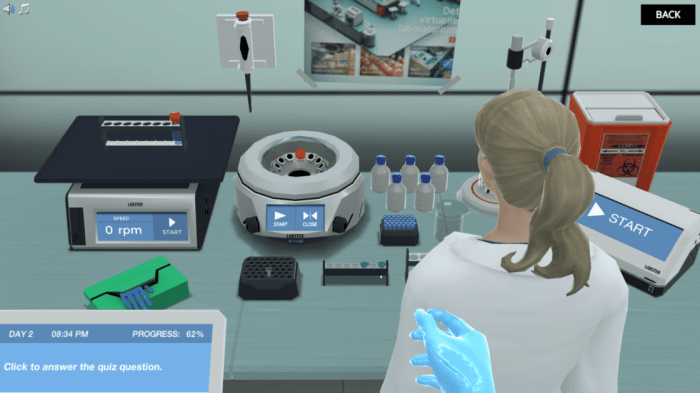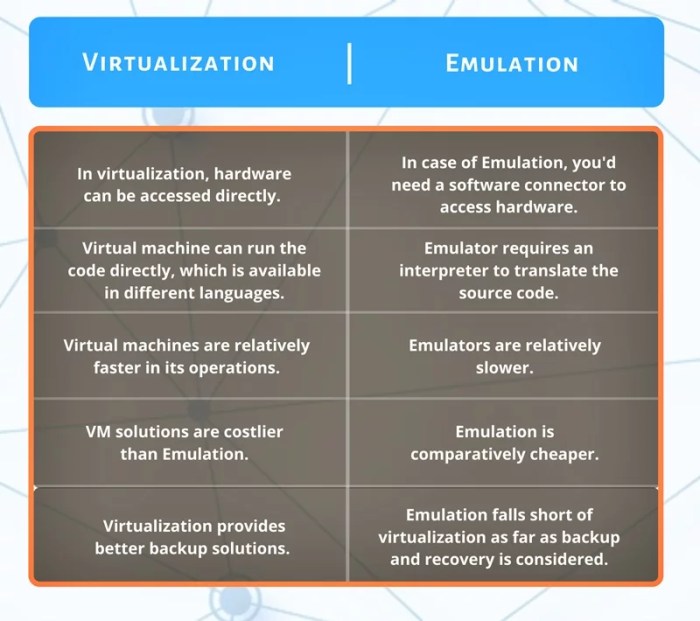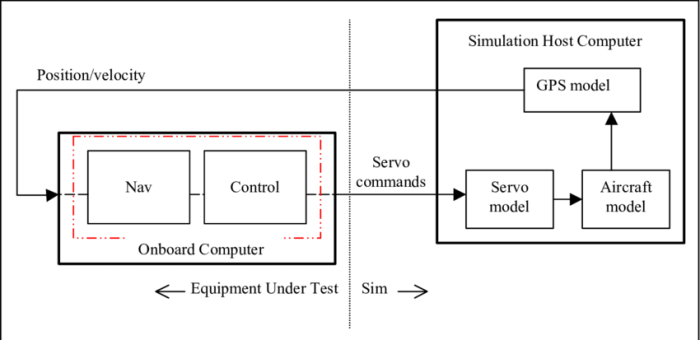In the realm of hardware lab simulations, Hardware Lab Simulation 9-2: Android Smartphone Emulation stands out as a pioneering endeavor, offering a unique and immersive experience for exploring the intricacies of Android smartphone emulation within a controlled environment. This guide delves into the purpose, components, and methodologies of this simulation, providing a comprehensive understanding of its capabilities and applications.
As we embark on this journey, we will uncover the benefits and challenges of emulating Android smartphones, delve into the various emulation techniques employed, and examine popular Android emulators and their features. Moreover, we will explore the step-by-step procedures and methodologies for conducting the simulation, emphasizing the importance of established protocols and data collection strategies.
Hardware Lab Simulation 9-2 Overview: Hardware Lab Simulation 9-2: Android Smartphone Emulation

Hardware Lab Simulation 9-2 is designed to provide students with hands-on experience in the design and evaluation of Android smartphone hardware. The simulation environment includes a variety of hardware and software components that allow students to create and test different smartphone configurations.
The simulation environment is based on the Android Open Source Project (AOSP) and includes a variety of popular Android smartphone hardware components, such as the Qualcomm Snapdragon 845 processor, the Adreno 630 GPU, and the Samsung Exynos 9810 processor.
The simulation environment also includes a variety of software tools that allow students to monitor and analyze the performance of their smartphone configurations. These tools include the Android Debug Bridge (ADB), the System Trace tool, and the Energy Profiler tool.
Benefits of Hardware Lab Simulation
- Provides students with hands-on experience in the design and evaluation of Android smartphone hardware.
- Allows students to test different smartphone configurations without having to purchase expensive hardware.
- Provides students with a safe environment to experiment with different hardware and software configurations.
Challenges of Hardware Lab Simulation, Hardware lab simulation 9-2: android smartphone emulation
- The simulation environment may not be able to accurately represent the performance of real-world hardware.
- The simulation environment may be too complex for some students to use.
- The simulation environment may not be able to support all of the features of real-world hardware.
Android Smartphone Emulation

Android smartphone emulation is the process of creating a virtual representation of an Android smartphone on a computer. This allows developers to test and debug their applications on a variety of different devices without having to purchase each device.
There are a number of different Android smartphone emulators available, each with its own advantages and disadvantages. Some of the most popular emulators include:
- Android Emulator
- Genymotion
- BlueStacks
- NoxPlayer
When choosing an Android smartphone emulator, it is important to consider the following factors:
- The performance of the emulator
- The features of the emulator
- The cost of the emulator
Simulation Procedures and Methodologies

The following are the step-by-step procedures for conducting Hardware Lab Simulation 9-2:
- Install the Android Open Source Project (AOSP) on your computer.
- Create a new Android smartphone configuration in the simulation environment.
- Build the Android smartphone configuration.
- Run the Android smartphone configuration in the simulation environment.
- Monitor and analyze the performance of the Android smartphone configuration.
The following are the methodologies used to collect and analyze data from the simulation:
- The Android Debug Bridge (ADB) is used to collect data from the Android smartphone configuration.
- The System Trace tool is used to analyze the performance of the Android smartphone configuration.
- The Energy Profiler tool is used to analyze the energy consumption of the Android smartphone configuration.
Data Analysis and Interpretation
The following are the techniques used to analyze data from Hardware Lab Simulation 9-2:
- Statistical analysis
- Machine learning
- Data visualization
The following are the different types of data that can be collected and analyzed:
- Performance data
- Energy consumption data
- User experience data
The following are examples of how data can be used to evaluate the performance of Android smartphones:
- Data can be used to compare the performance of different Android smartphone configurations.
- Data can be used to identify performance bottlenecks in Android smartphone configurations.
- Data can be used to improve the performance of Android smartphone configurations.
Troubleshooting and Problem Solving
The following are common problems that may occur during Hardware Lab Simulation 9-2:
- The Android smartphone configuration does not boot.
- The Android smartphone configuration is slow.
- The Android smartphone configuration crashes.
The following are troubleshooting tips and solutions for these problems:
- If the Android smartphone configuration does not boot, check the following:
- The AOSP is installed correctly.
- The Android smartphone configuration is created correctly.
- The Android smartphone configuration is built correctly.
- If the Android smartphone configuration is slow, check the following:
- The performance of the computer.
- The settings of the Android smartphone configuration.
- The applications installed on the Android smartphone configuration.
- If the Android smartphone configuration crashes, check the following:
- The log files of the Android smartphone configuration.
- The settings of the Android smartphone configuration.
- The applications installed on the Android smartphone configuration.
Advanced Topics and Applications

The following are advanced topics related to hardware lab simulation and Android smartphone emulation:
- Emulation of Android smartphone hardware on FPGAs
- Emulation of Android smartphone hardware on cloud platforms
- Emulation of Android smartphone hardware for security research
The following are emerging technologies and trends in these areas:
- The use of machine learning to improve the performance of Android smartphone emulators
- The use of cloud platforms to provide access to high-performance Android smartphone emulation
- The use of Android smartphone emulation for security research
The following are examples of how these technologies can be applied in practical settings:
- Machine learning can be used to improve the performance of Android smartphone emulators by identifying and fixing performance bottlenecks.
- Cloud platforms can be used to provide access to high-performance Android smartphone emulation, which can be used for testing and debugging applications on a variety of different devices.
- Android smartphone emulation can be used for security research to identify and exploit vulnerabilities in Android smartphone hardware and software.
FAQ Guide
What are the primary objectives of Hardware Lab Simulation 9-2?
Hardware Lab Simulation 9-2 aims to provide a controlled environment for emulating Android smartphones, allowing researchers and developers to test and evaluate various aspects of Android devices without the need for physical hardware.
What are the key benefits of emulating Android smartphones in a hardware lab environment?
Emulation offers several advantages, including cost-effectiveness, flexibility, and the ability to create multiple virtual devices with varying configurations, enabling efficient testing and experimentation.
What are some common challenges encountered during Android smartphone emulation?
Challenges may include performance limitations, compatibility issues, and the need for specialized knowledge and expertise to configure and operate the emulation environment.